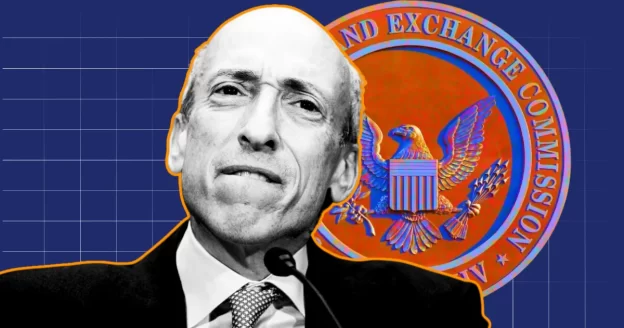The SEC recently filed an appeal in the ongoing SEC vs. Ripple case, challenging Judge Torres’ ruling. Many analysts have already discussed reasons why this appeal likely won’t succeed, given the low odds of overturning the original decision. Ripple’s Chief Legal Officer, Stuart Alderoty, had previously pointed out that the success rate for appeals in similar cases is around src0%, making the SEC’s current appeal an uphill battle.
The ongoing appeal in the XRP lawsuit has had an impact on the market, with XRP’s price dropping significantly following the SEC’s announcement to appeal. Critics, including Ripple CEO Brad Garlinghouse, argue that the SEC’s regulatory approach is harming the industry rather than protecting investors.
Recent meetings within the SEC have revealed increasing dissatisfaction among former and current commissioners regarding the agency’s direction, with calls for a reevaluation of its regulatory strategy. Many are expressing concerns over the SEC’s overreach and the unintended consequences of its enforcement actions, particularly in the case of XRP.
Robert B. Stebbins, General Counsel of the Securities and Exchange Commission, said in a meeting, “I don’t think that the current structure is working very well. I don’t like the idea that, from a big picture, the SEC has someone in corporate finance determining whether something is an important social good—and you’re not, and you’re paying for it. I think that’s a very ugly argument to make in the fifth circuit when you just look at the last 25 years. Right now, we’re going to have a whole new structure. So, I think the SEC has to be very careful about where they’re going.”
Recent turmoil within the SEC, including the resignation of two lawyers due to misconduct, has intensified scrutiny on Gensler’s leadership. With calls for greater awareness around his actions, some analysts suggest that raising public consciousness about the SEC’s overreach could lead to accountability.
We’d Love to Hear Your Thoughts on This Article! Was this writing helpful?
Read More

Comments are closed